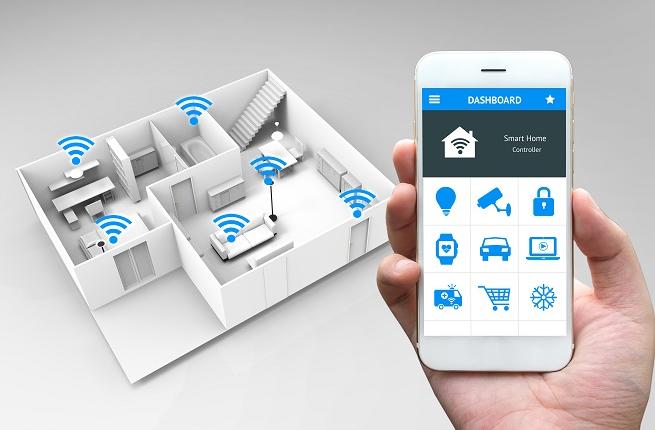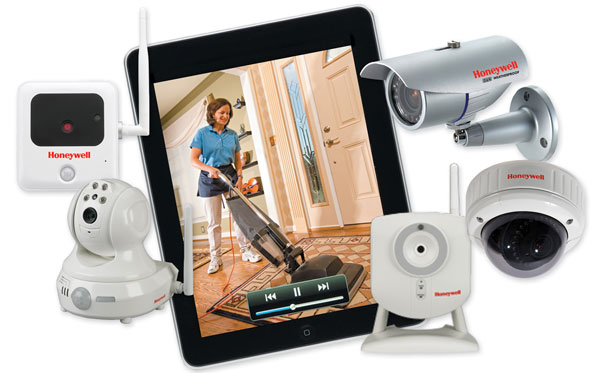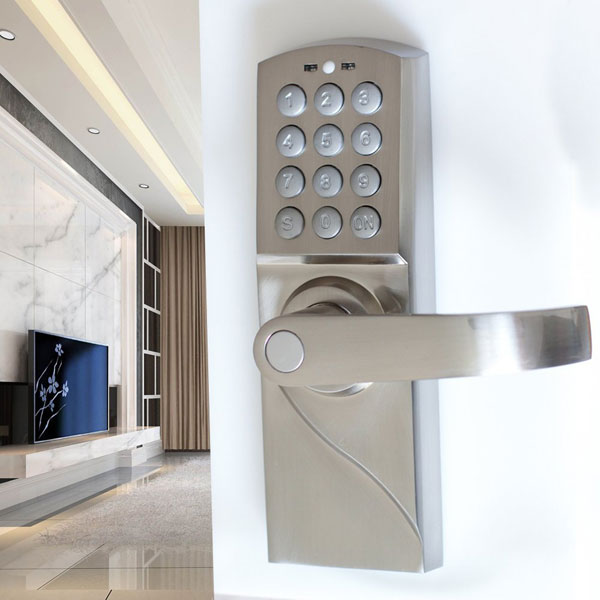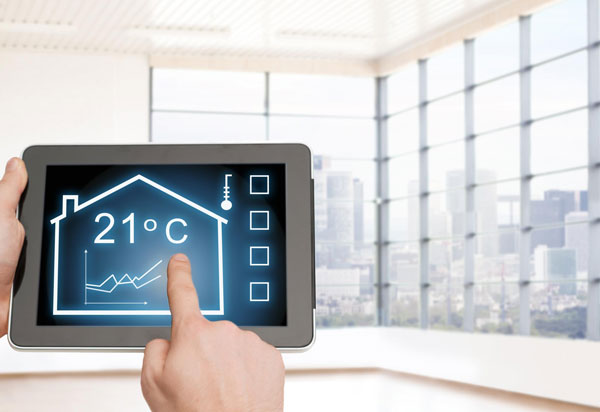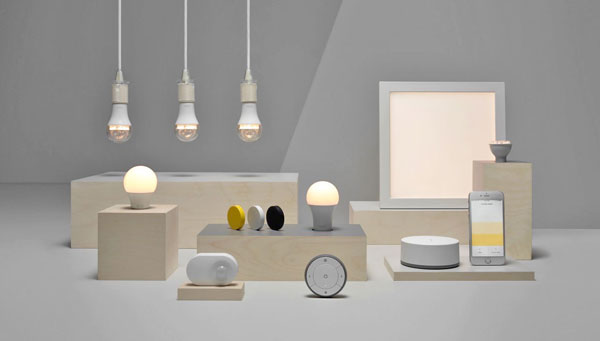According to cleaning services Cincinnati, recent research has proven that because of the abuse of these items, the inverse is valid. Truth be told, Minnesota has restricted a few sorts of antibacterial cleansers and purifying specialists (to be specific those containing Triclosan) so as to stop the spread of irresistible maladies and avoidable sicknesses. The CDC found that there are hints of Triclosan (the most well-known and hazardous antibacterial specialist) in 75% of American's pee.
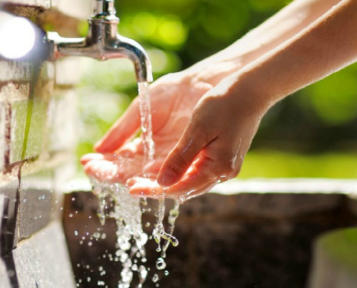 Various family unit items contain antibacterial specialists.
Various family unit items contain antibacterial specialists. These items are named as antibacterial, sterile or antimicrobial and are all over the place. They include:
Cleansers and cleansers
Hand creams
Disinfectants
Window cleaners
Cleaning fabrics
Surface splashes
Mouthwashes
Toothpastes
Trash sacks and cling wrap
Materials and floor covering underlay.
Triclosan's Connection to Declining Health
Antibacterial items are intended to slow the spread of microorganisms however their abuse in late decades has prompted transformations of the very microscopic organisms they are intended to shield us from. This has brought about strains currently getting impervious to antibacterial cleaning specialists and causing more damage than we could have envisioned. While antibacterial chemicals do murder more fragile microbes, it deserts the more grounded strains, permitting them to duplicate and transform into more grounded forms of themselves. In addition, the 'great' microbes that is intended to keep the 'awful' microscopic organisms under wraps is additionally cleared out!
Most microorganisms are advantageous.
Most microorganisms really help people. For instance, intestinal microscopic organisms help us to process nourishment. The 'great' microorganisms that normally live on and inside our bodies assist us with remaining solid by keeping the quantities of 'awful', sickness causing microscopic organisms leveled out.
At the point when you utilize antibacterial or antimicrobial cleaning items, great microbes are additionally executed. This could be hurtful if the proportion of good to awful microbes is upset, and terrible microscopic organisms get the high ground.
By abusing antibacterial items, youngsters' resistant frameworks aren't what they used to be. Our bodies need microscopic organisms. We should be presented to an assortment of microbes as this is the manner by which our invulnerable frameworks prosper and keep us sound for the duration of our lives. With introduction, our bodies can appropriately create and reinforce.
Things to recollect:
Proof proposes that the utilization of antibacterial and antimicrobial cleaning items may create strains of multi-safe living beings.
Antibacterial and antimicrobial cleaning items are no greater at dispensing with microscopic organisms than less expensive plain cleansers, cleansers and warm water.
Pick cleanser that doesn't contain triclosan.
Maintain a strategic distance from items that are named "antibacterial" or search for tricolsan in the fixings. Pick glycerin, Castile or vegetable-based cleansers in bar or fluid structure.
















